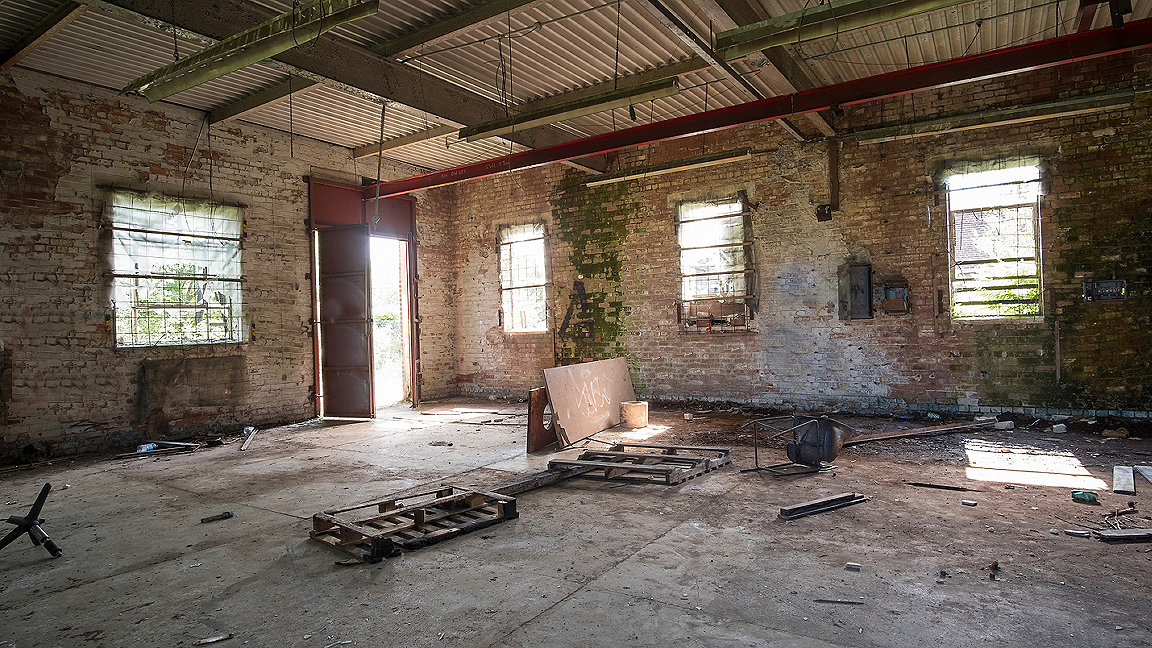
The lessons learned from a recent dilapidations ruling are less about legal issues; rather, the case highlights the particular importance of one expert's conduct and duties.
Coldunell Ltd v Hotel Management International Ltd [2022] EWHC 1290 (TCC) centred on a dilapidations claim at a Surrey hotel. The 20-year lease required the tenant to return the property in good and substantial repair and condition. Because it failed to do so, the terminal schedule of dilapidations claimed almost £1.1m, of which around £465,000 had already been incurred by the landlord.
Parties establish principles for repair
On the question of the standard of repair, the parties agreed the following six principles in relation to the claim.
- The covenant did not require the property to be kept in perfect repair or pristine condition, as shown in Riverside Property Investments Ltd v Blackhawk Automotive [2005] 1 EGLR 114.
- The obligation was to keep the premises in good and substantial repair and condition, but that did not mean the premises needed to be returned in the same condition as they had been let. This was confirmed in Mason v TotalFinaElf UK [2003] 3 EGLR 91.
- The date for assessing damages was the lease end in 2016, whereas the standard of repair was gauged by reference to the date the lease was granted, in 1994.
- The covenant did not require the tenant to deliver up the property with new equipment or equipment with any particular life expectancy, but with equipment kept to a standard to be judged by reference to the condition at the time of the demise, as set out in Sunlife Europe Properties Ltd v Tiger Aspect Holdings Ltd & Anor [2013] EWHC 463 (TCC).
- The required standard of repair should be appropriate to the age of the building. The covenant in this case did not require the tenant to bring dated premises up to latter-day standards of construction or specification, and the tenant was therefore not required to bring a 17th-century building that had been fully refurbished in 1994 up to the standard of a building of the period as it would have been fully refurbished in 2019.
- Any replacement of items was to be to the same standard as at the time of the demise, although it would still have to meet current legal, regulatory and safety requirements.
Respective experts' authority contrasted
The landlord's expert surveyor knew the property, having previously been instructed by them to deal with an insurance claim, as well as undertaking inspections over several years. He was also the contract administrator for the external works and boiler repairs carried out after the end of the lease.
The tenant argued that the expert could not be independent because of this dual role, but the court disagreed. The judge felt it was reasonable and proportionate for the landlord to rely on this expert given his detailed knowledge of the condition of the property and works required.
In addition, she found that the landlord's surveyor had given his evidence in a 'measured manner', including making appropriate concessions and accepting the limits of his knowledge. She noted that he had sought 'to assist the court[,] and that he well understood that he had an independent role to perform'.
Unfortunately, the court could not say the same of the tenant's expert, with whom two key problems were found.
- Lack of credibility: the expert had not carried out any inspection of the property in relation to key items. He made no concessions after being provided with up-to-date photographic and video evidence by his counterpart, relying instead on photographs in an older report that was an inventory rather than a survey. He had also maintained contradictory views in the face of substantial opposing evidence. Overall, the judge felt that the expert had taken a 'very slapdash approach'.
- Lack of independence: according to the judge, 'it was plain, throughout the course of the oral evidence given by [the tenant's expert] and from various paragraphs of his report … that he was arguing the [tenant's] case. … This was illustrated … by [the tenant's expert] not answering counsel's questions, challenging the veracity of the underlying factual evidence presented by the [landlord], relying on argument rather than expert opinion[,] and totally disregarding the merits of the argument being advanced by him.'
By contrast, both parties' valuation experts gave 'their evidence in a measured and thoughtful manner seeking to assist the court'. The court rejected the tenant's attempt to challenge the independence of the landlord's valuation expert on the basis of his involvement in marketing the hotel. The judge observed that this did not prevent the expert from 'giving his honest professional opinion as to the value of the hotel in September 2016', which had not been favourable to the landlord on some elements.
Ruling is reminder of evidence's importance
The court ultimately found for the landlord in the sum of £597,117, including costs not yet incurred of £168,267 and Scott Schedule and quantity surveyor costs of £7,000.
More importantly, experts in all fields should take note of the court's observations here regarding the quality of expert evidence and ensure they consult both CPR Part 35 and the RICS guidance Surveyors Acting as Expert Witnesses before preparing and giving evidence. Surveyors advising on dilapidations claims should also consult the relevant RICS guidance note covering dilapidations in England and Wales or Scotland and the Dilapidations Protocol.
Emma Humphreys is a partner in real-estate disputes at Charles Russell Speechlys LLP
Contact Emma: Email
Related competencies include: Legal/regulatory compliance


